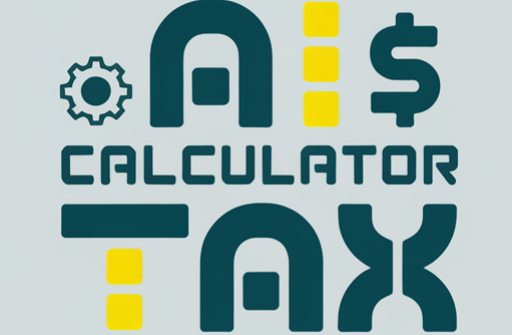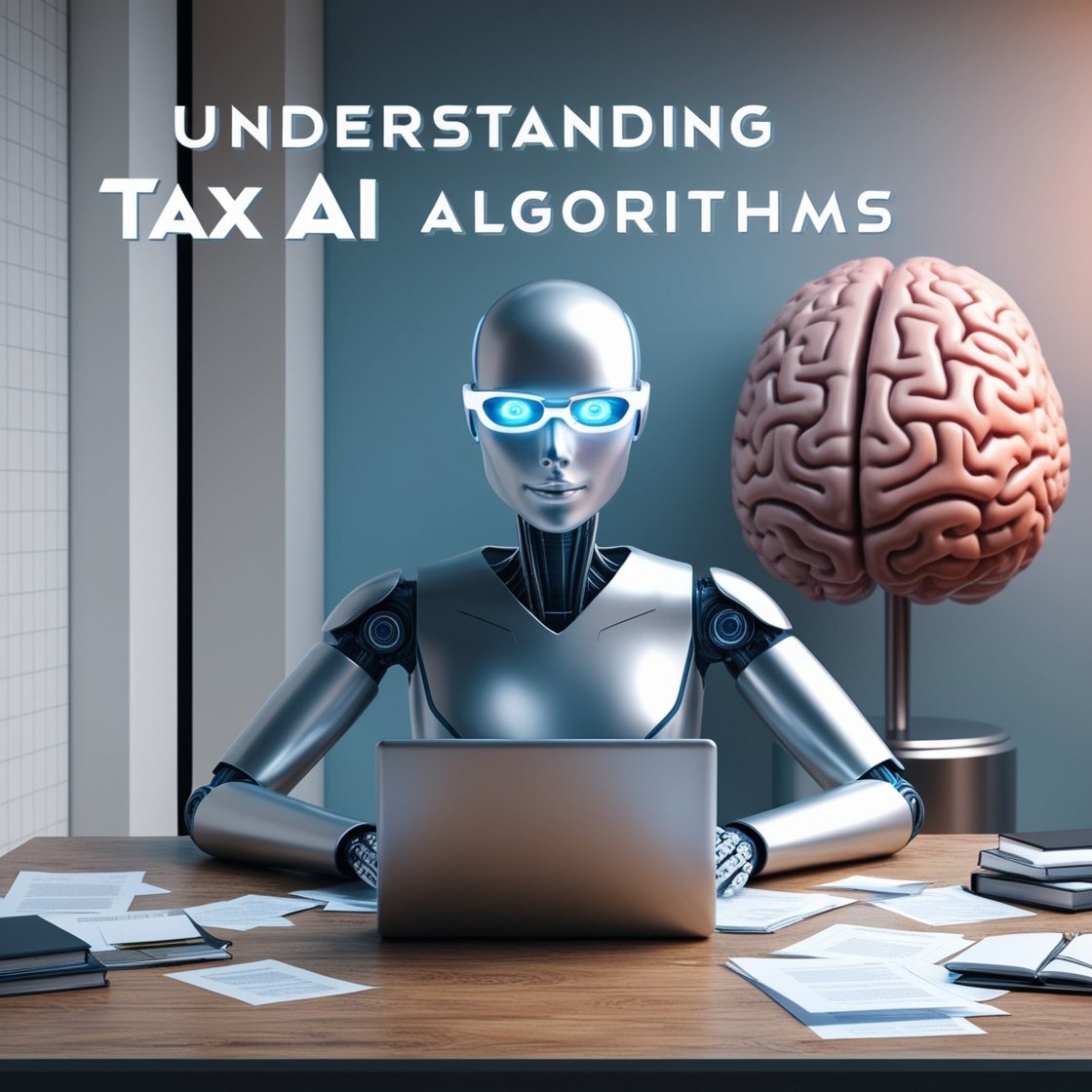Tax season is no longer just about number crunching it’s about algorithms. AI has revolutionized tax preparation, but how exactly do these systems work? This guide dives into the mechanics of tax AI, exploring everything from machine learning fundamentals to ethical dilemmas.
1. Basics of Machine Learning in Tax Calculation
Machine learning (ML) is the backbone of modern tax AI. It involves training algorithms to recognize patterns in data and make predictions. In tax software, ML is used to:
- Classify Income/Expenses: Distinguish between taxable income (e.g., freelance payments) and non-taxable transfers (e.g., personal Venmo transactions).
- Predict Liabilities: Estimate taxes owed based on historical data and current earnings.
- Adapt to Changes: Learn from annual IRS updates (e.g., 2025 EV tax credit adjustments).
Types of ML in Tax:
- Supervised Learning: Models trained on labeled datasets (e.g., past tax returns with known outcomes).
- Unsupervised Learning: Identifies hidden patterns (e.g., grouping similar taxpayers for deduction recommendations).
2. How AI Identifies Tax Deductions
AI automates deduction discovery through:
- Data Aggregation: Syncs bank accounts, receipts, and invoices to compile financial records.
- Pattern Recognition: Flags recurring expenses (e.g., monthly software subscriptions) as potential write-offs.
- Contextual Analysis: Uses NLP to interpret receipts (e.g., “co-working space rental” = home office deduction).
Example: A freelancer’s $500 Zoom subscription might be missed manually, but AI tags it as a business expense.
3. The Role of Neural Networks in Tax AI
Neural networks (NNs) mimic the human brain to solve complex tax scenarios:
- Deep Learning: Multi-layered NNs analyze intricate data (e.g., crypto transactions across exchanges).
- Multi-State Filings: Process location-specific rules (e.g., California’s gig worker vs. Texas’ no-income-tax policies).
- Audit Risk Prediction: Weighs factors like deduction ratios to estimate audit likelihood.
Case Study: TurboTax uses NNs to predict optimal filing status (single vs. head of household) for 92% accuracy.
4. AI Bias and Fairness in Tax Computation
AI bias arises from flawed training data or design:
- Data Bias: Overrepresentation of high-income filers might skew deductions for low-income users.
- Algorithmic Bias: Models may favor homeowners over renters in tax credit eligibility.
Mitigation Strategies:
- Diverse Training Data: Include underrepresented groups (e.g., gig workers, expats).
- Fairness Audits: Tools like IBM’s AI Fairness 360 check for discriminatory patterns.
- Regulatory Compliance: Adhere to IRS guidelines and anti-discrimination laws.
5. Training Data for AI Tax Models
AI tax models rely on vast datasets:
- Sources: Historical tax returns, IRS publications, user-submitted receipts.
- Challenges:
- Privacy: Anonymize data to protect user identities (e.g., GDPR compliance).
- Quality: Remove outliers (e.g., fraudulent returns) to prevent skewed results.
- 2025 Trends: Synthetic data generation for rare scenarios (e.g., NFT tax losses).
6. Predictive Analysis in AI Tax Software
Predictive analytics forecast future outcomes using:
- Regression Models: Estimate 2026 liabilities based on 2025 income trends.
- Time Series Analysis: Predict quarterly tax payments for freelancers with irregular income.
- Scenario Testing: Model how buying a home or having a child impacts deductions.
Example: H&R Block’s AI predicts tax savings from IRA contributions with 89% accuracy.
7. Real-Time Processing in AI Tax Tools
Real-time capabilities enable:
- Instant Updates: Adjust calculations as new income/expenses are logged (e.g., a DoorDash shift).
- Live Error Checks: Flag mismatched 1099s before filing.
- Cloud Infrastructure: Tools like TaxGPT use AWS/Azure for seamless data processing.
Benefit: A freelancer can see how a $2,000 client payment affects their quarterly taxes immediately.
8. Improving AI Accuracy in Tax Filing
Accuracy is boosted through:
- Continuous Learning: Models retrain monthly with new IRS data.
- User Feedback: Correcting AI mistakes (e.g., misclassified expenses) improves future performance.
- Hybrid Systems: Pair AI with human CPAs for complex cases (e.g., international assets).
Stat: AI tax tools reduced errors by 78% in 2024 compared to manual filing.
9. Open Source vs. Proprietary AI Tax Models
| Aspect | Open Source (e.g., OpenTax) | Proprietary (e.g., TurboTax) |
|---|---|---|
| Transparency | Code publicly auditable | Black-box algorithms |
| Customization | Tailor models to niche needs | Limited to vendor features |
| Support | Community-driven forums | 24/7 customer service |
| Cost | Free or low-cost | $50–$300+ |
Best For:
- Open Source: Tech-savvy users or nonprofits.
- Proprietary: Businesses needing audit support.
10. Ethical Considerations in AI Tax Algorithms
Beyond bias, ethical challenges include:
- Privacy: How user data is stored/shared (e.g., selling data to third parties).
- Security: Preventing breaches of sensitive financial information.
- Accountability: Who’s liable if AI causes an audit—the user, developer, or both?
Framework for Ethics:
- Transparency: Disclose how decisions are made.
- Consent: Users must opt into data sharing.
- Auditability: Maintain logs for regulatory reviews.
Conclusion
Tax AI algorithms are powerful tools, blending machine learning, neural networks, and real-time processing to simplify filing. However, their effectiveness hinges on quality data, ethical design, and ongoing refinement. As these systems evolve, users must stay informed to leverage their benefits while mitigating risks like bias and privacy concerns.
Final Takeaways:
- For Individuals: Use AI to automate deductions but verify unusual suggestions.
- For Businesses: Prioritize tools with audit trails and compliance checks.
- For Developers: Address bias and transparency to build trust.

